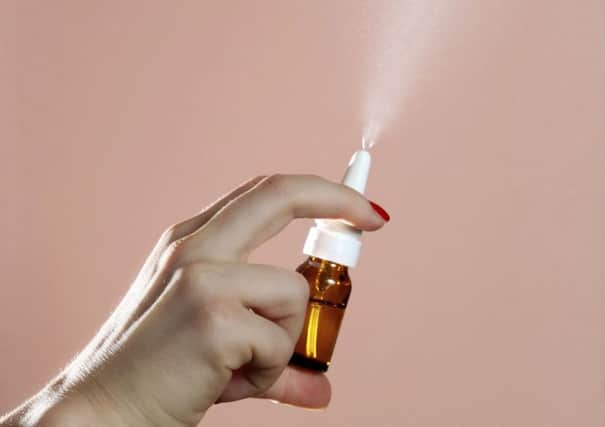Flu spray for pupils


Following three years of trials with schoolchildren in Years One and Two, nasal sprays will be sent to schools for those in Year Three – aged seven to eight – for the first time.
A publicity campaign will be launched so more two, three, and four-year-olds are given the vaccination this year, with children and adult’s services staff being urged to promote the government scheme.
Advertisement
Hide AdAdvertisement
Hide AdThe sprays are set to be made available by the end of this month, with headteachers being urged to give them to pupils from October.
“Arrangements for seasonal flu vaccinations are underway,” Blackpool Council’s health and well-being board said in papers.
“In recent years, Blackpool has achieved good uptake among healthcare workers, but lower rates among social care staff and some risk groups, notably pregnant women and young children.
“This year’s publicity will focus on improving uptake of the nasal vaccine for two, three, and four-year-olds. Blackpool Council is planning additional promote to frontline staff in children and adult’s services.”
Advertisement
Hide AdAdvertisement
Hide AdIn 2014/15, secondary school pupils across Lancashire were offered the vaccination as part of a pilot, before children in Years One and Two at primary schools were offered them nationally the year after.
In the future, the Department of Health hopes to roll out the scheme even further, and to increase the number of people accepting them.
The number of two-year-olds receiving the vaccination fell last year, from 38.5 per cent they year before to 35.4 per cent.
The number of three-year-olds getting them fell from 41.3 per cent to 37.7 per cent, while uptake rates among four-year-olds dropped from 32.9 per cent to 30 per cent.
Advertisement
Hide AdAdvertisement
Hide AdSome 54.4 per cent of Year One pupils received the vaccination last year, as did 52.9 per cent of Year Two pupils.
“It is disappointing that vaccination rates dropped for two to four year olds, despite the hard work of teams,” the national flu immunisation programme read.
“Reaching these pre-school cohorts continues to be extremely important, not only for their own protection and to prevent the spread of flu, but also to introduce flu vaccination as part of a routine healthcare for children every autumn.”
As well as youngsters, pregnant women, the elderly, those in care homes, carers, and people with long-term conditions are also eligible for vaccinations.
Advertisement
Hide AdAdvertisement
Hide AdIt is believed that, by protecting children against the potentially-deadly virus, the population of a whole will be safer too. Results from the first two years of school-age pilot areas show less flu detected in all age groups.